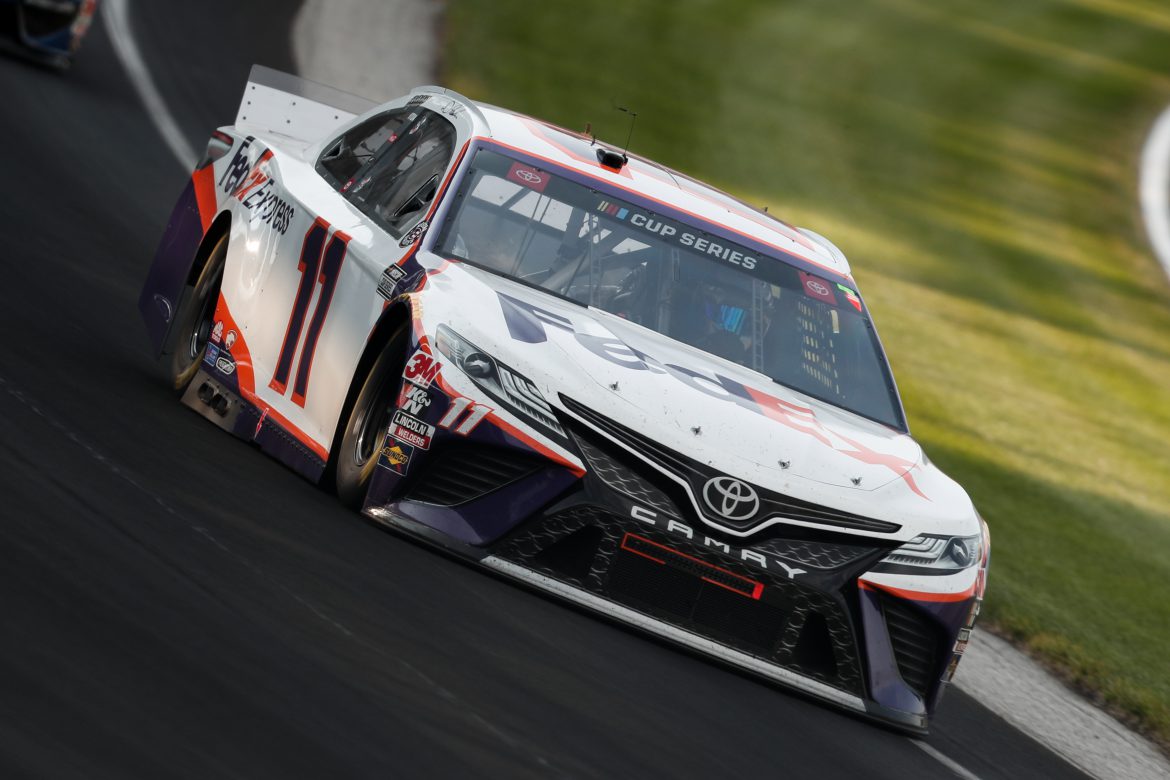Every form of racing around the world has been forced to make changes due to the COVID-19 pandemic. NASCAR’s transformation has been the most radical and aggressive.
It’s a shake-up that NASCAR had been avoiding for quite some time. With the popularity of American stock car racing in slow decline over the last 15 years, calls for the governing body to inject fresh energy and forward thinking into the sport grew louder and louder.
No one wished for the circumstances and consequences that the coronavirus has created. But NASCAR has used the situation to its advantage, reacting quickly and decisively, taking the opportunity to experiment with out-of-the-box ideas
NASCAR was the first major form of racing to return to competition, and since May 17, it has successfully run 19 points-paying races and the annual “All Star” exhibition event. The health and safety protocols put in place for teams at their shops and at the racetrack have worked; over the last three months, only a pair of drivers (Jimmie Johnson and Austin Dillon) and a handful of crew members have contracted the coronavirus.
By adding a pair of mid-week races (at Darlington and Charlotte) and creating doubleheader weekends at Pocono, Michigan, and Dover, NASCAR was able to maintain its 26-race “regular season” despite the unexpected 10-week gap in the schedule. Travel restrictions forced the relocation of races from several tracks, including Chicagoland, Watkins Glen, and Sonoma. The fact that NASCAR owns 12 of the 21 tracks where the Cup Series competes was a major factor in terms of being able to salvage a full-length “regular season.”
NASCAR fans were already prepared for major changes to the final third of the championship campaign. The regular season will still conclude with a 400-mile race on the Daytona oval, and the 10-race “playoff” portion of the schedule, set to start September 6 at Darlington, has not changed. This year the championship finale will be contested at Phoenix Raceway, after fifteen consecutive years at Homestead-Miami Speedway.
The schedule was not the only thing that changed. Since NASCAR returned to action in May, races have been one-day affairs without practice or qualifying. The racing has generally not suffered; there have been very few driving gaffes and mechanical failures, demonstrating the high level of professionalism now common throughout the Cup Series field. The “unknown” factor peaked on August 16, when Kevin Harvick and Denny Hamlin led the 39-car Cup field into the first corner of the Daytona road course, a layout where NASCAR had never turned a wheel.
Harvick and Hamlin started up front through a performance matrix that NASCAR developed in August to set the starting field for the remainder of the races this year. The two veterans have dominated the action, combining to win 11 of the 23 races to date (Harvick increased his total to six by sweeping the Michigan doubleheader) to separate themselves from the field. Brad Keselowski, Chase Elliott, and Joey Logano are the only other multiple winners, though Logano hasn’t found victory circle since competition resumed in May.
NASCAR has given consideration to incorporating midweek races, more road courses, and single day shows for a number of years. The current circumstances with COVID gave NASCAR the chance to put these ideas into action, with plenty to gain and very little to lose.
Stock car fans are notoriously conservative and slow to accept change. But reaction to NASCAR’s moves this year has been generally positive, particularly for the midweek races. Teams are pleased with the potential cost savings that one-day events offer, though they are a tougher sell to fans – especially those who camp at the track and make a three-or four-day weekend out of a race.
From NASCAR’s perspective, the one major casualty of the COVID crisis was the suspension of development and testing of the “Next Generation” Cup Series car that was supposed to be introduced in 2021. For all the change that has been forced upon the sport and its fans this year, the introduction of what constitutes modern racecar technology (in stock car terms) promises to be an even more radical revolution. But that will have to wait until 2022.
For now, NASCAR’s relatively new management team led by Jim France, Steve Phelps, and Steve O’Donnell, has done an excellent job of providing the sport with leadership and stability through some very troubled times. Their hard work created an effective blueprint for all forms of racing to resume across America.
-30-


